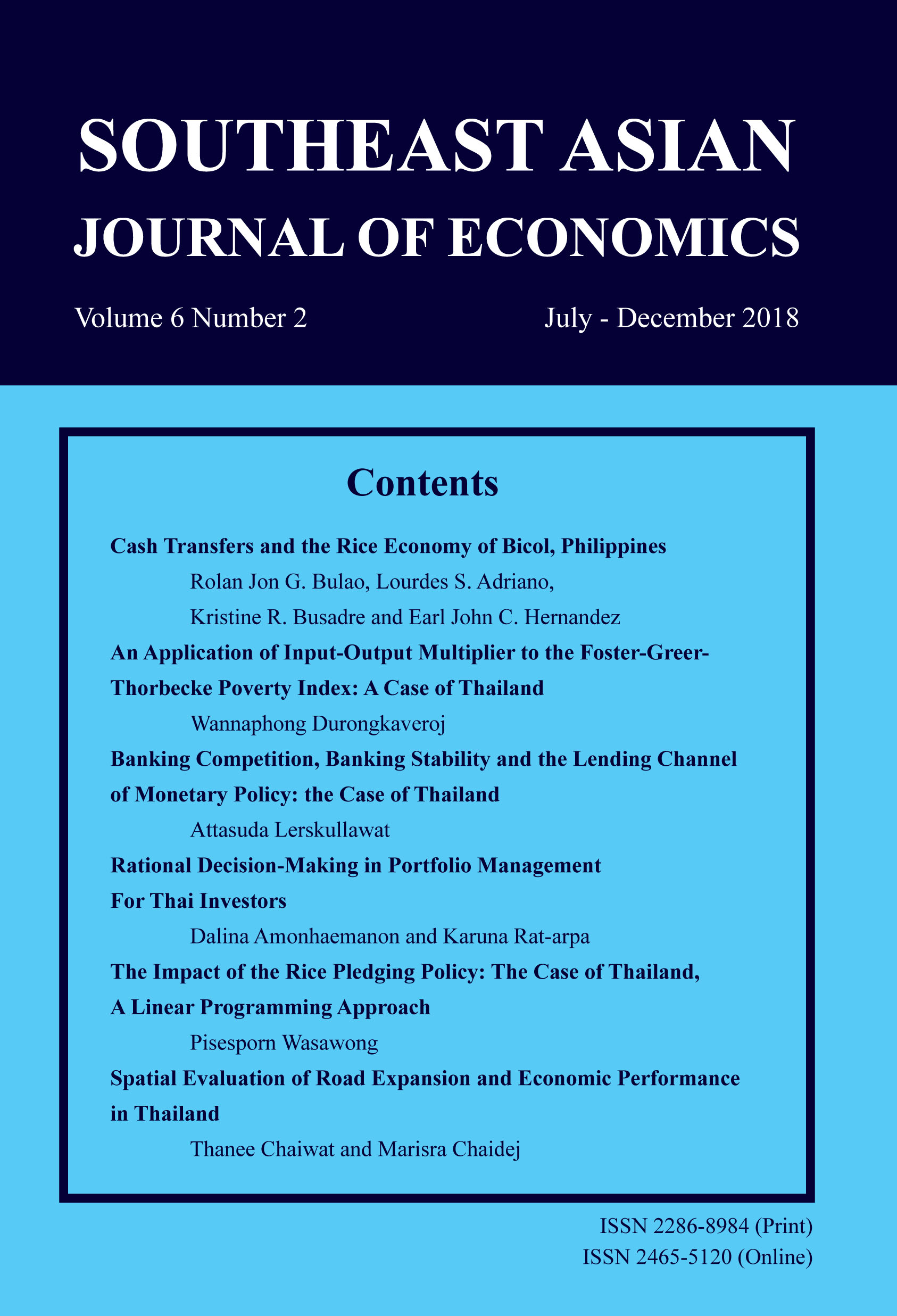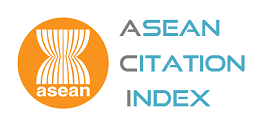Financial Inclusion in Myanmar: What Factors Determine Access to Saving and Credit Products For Informal Sector Workers?
Keywords:
Financial Inclusion, Savings, Credit, Informal SectorAbstract
Financial inclusion remains a challenge in many low-income countries despite research showing many positive benefits of formal financial access. This paper focuses on Myanmar, and examines the determinants of formal financial inclusion in the non-agricultural informal sector in the country. The paper addresses the issue from the individual perspective, and draws on a unique individual-level demand-side dataset that is representative at the national level. Maximum likelihood estimation (MLE) methods are applied to provide answers as to what determine uptake of formal saving and credit products. Factors examined include attitudes and behaviors of respondents, whether or not remittance is received, geographical location, and socio-economic characteristics. Results indicate that, contrary to expectation, attitudes and behavior such as feeling stressed when dealing with finances, keeping a budget, and thinking carefully before spending do not contribute significantly to uptake of financial services. Presence of remittances also has a weak impact. Instead, socio-economic factors of the individual dominate the results.
Downloads
How to Cite
Issue
Section
License
The submission of a manuscript implies that the paper is an original work and has not been published elsewhere. The author(s) authorize the journal to reproduce or distribute the paper in printed or other electronic forms.







